4 Ridiculous Stats From The 2023 Austrian Grand Prix Track Limits Debacle
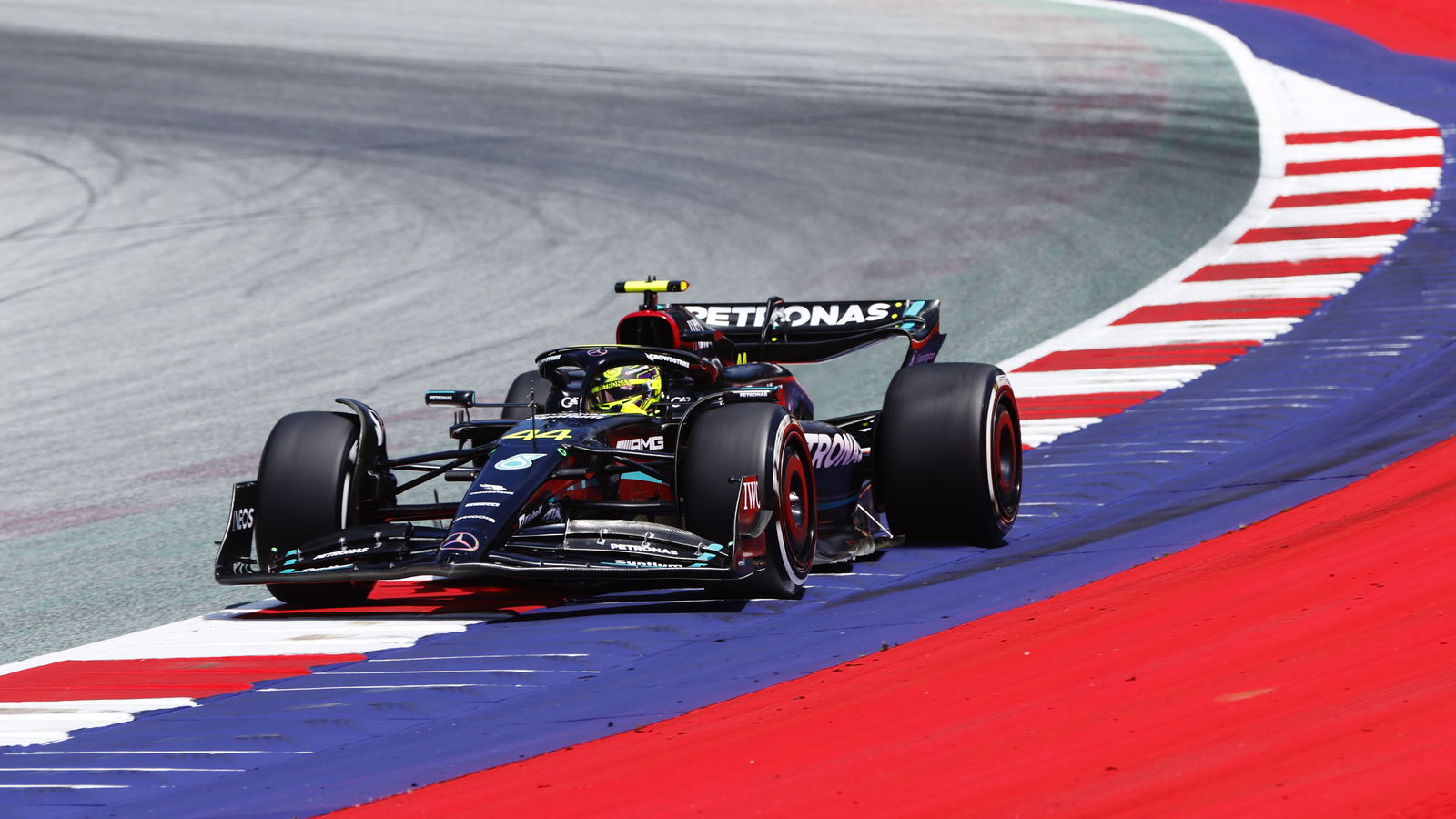
The Austrian Grand Prix was one of the most entertaining races on the 2023 Formula 1 calendar so far, with some great on-track action. But it was also a farcical festival of chaos, with so many infringements and penalties that the stewards were still trying to decipher the final results several hours after the race finished.
The problem hinged on an issue that has rumbled on in F1 for years – track limits. In theory, the rule is simple – the edge of the track is marked by a white line, and the drivers aren’t allowed to go past it. Imagine the white line is a wall, and if all four wheels of your car go outside of it, you’ve hit the wall. Except it’s not an actual wall, because safety.
However, this seemingly straightforward regulation has been anything but simple to enforce. Marshalling is done mostly by eye through static cameras, with race stewards needing to check every possible infringement. This takes time, meaning rulebreakers aren’t immediately punished. Racing drivers being racing drivers, that means they think they’ve got away with it and push the limits even more, racking up even more infringements. Four infringements mean a five-second time penalty, which increases to 10 for extra violations.
There’s also the fact that the Red Bull Ring in Austria is a particularly easy track at which to overstep the mark. Most of the track limits infringements were on very high-speed corners at turns 9 and 10, where inadvertently drifting wide in search of the maximum possible pace is all too simple.
This perfect storm of circumstances led to some pretty ridiculous stats:
1. There were more than 1200 track infringements during the GP
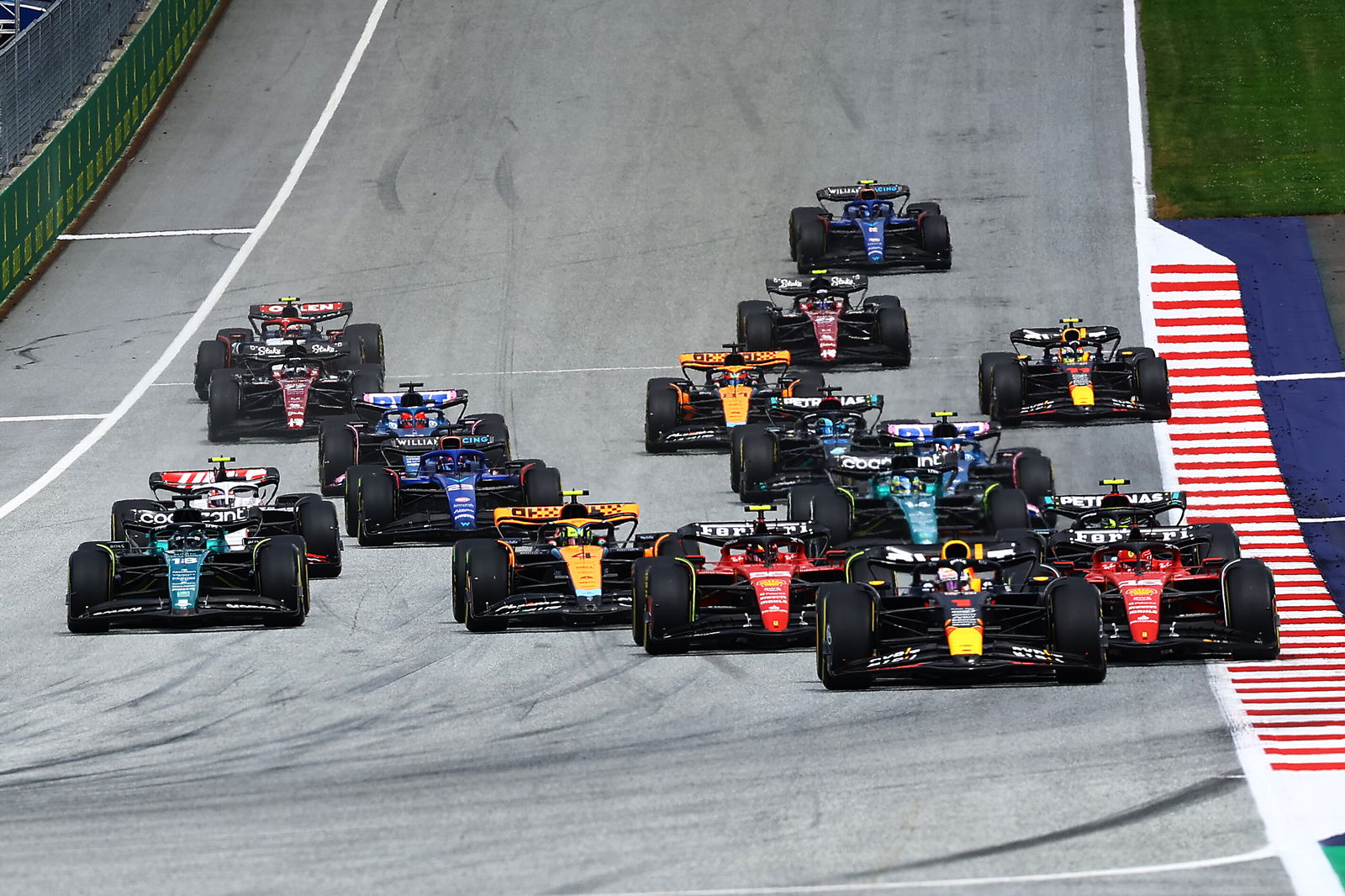
So many track violations took place during Sunday’s 71-lap race that the stewards were overwhelmed. Although there are procedures in place to monitor track limits, the sheer number of them meant that punishments were doled out a long time after the infringement took place. For several drivers, this meant they’d already broken the rules multiple times before realising they’d done it all; too late to avoid a five-second penalty.
2. Only two drivers kept to the rules
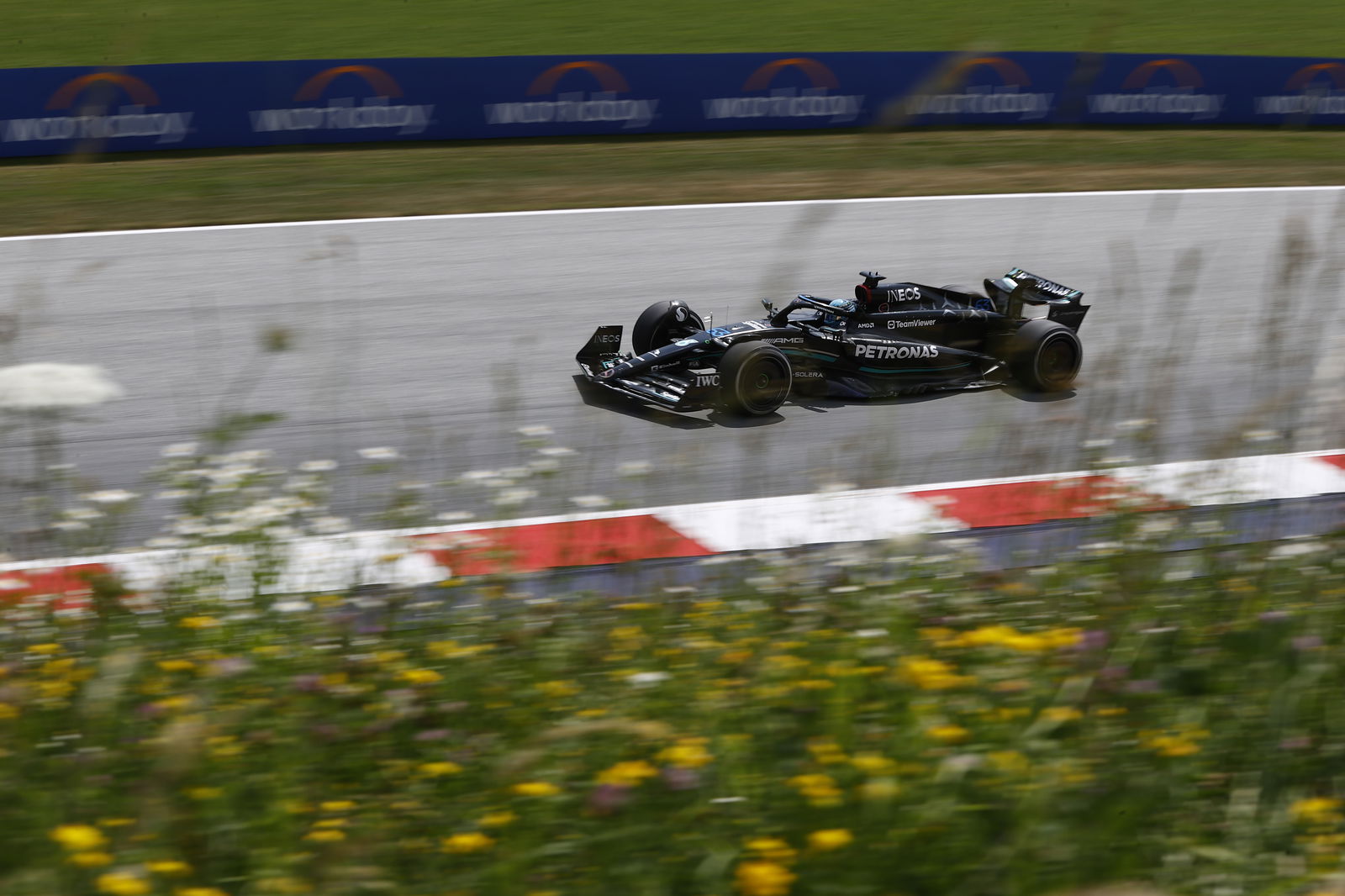
Of the 20 drivers on the grid, only Fernando Alonso of Aston Martin and George Russell of Mercedes escaped some kind of track limit violation. Everyone else had a warning or at least one penalty. Seven time penalties were issued during the race, but that wasn’t the end of it…
3. The final result was only declared five hours after the race finished
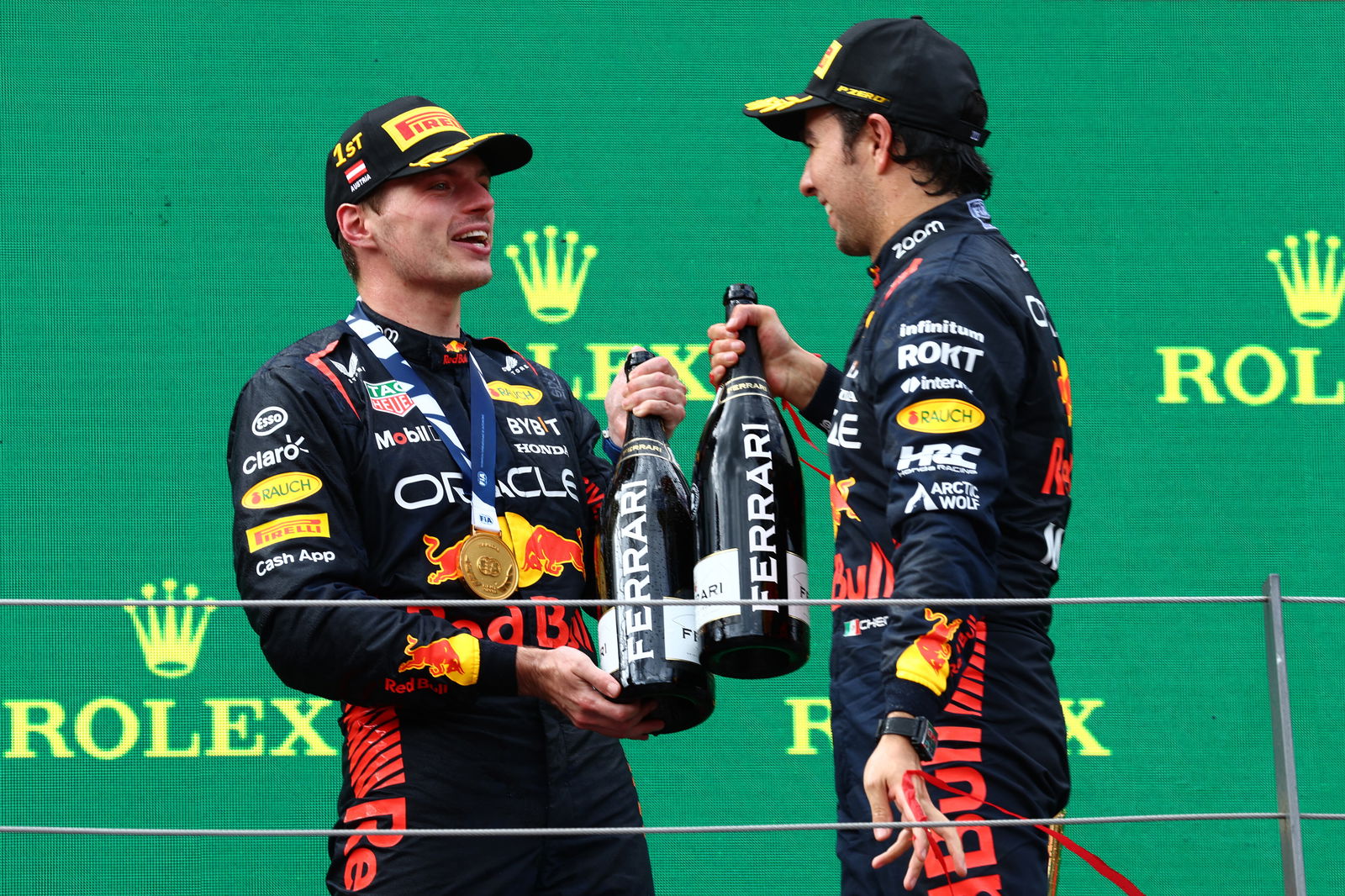
As the number of infringements mounted up, stewards were unable to get through them all by the end of the race. While the provisional results were posted as cars crossed the line, Aston Martin lodged a protest about apparent violations that hadn’t been punished, and the stewards kept delving through the piles of breaches. That led to eight drivers getting extra penalties.
4. 14 of the 20 drivers had their positions changed after crossing the finishing line
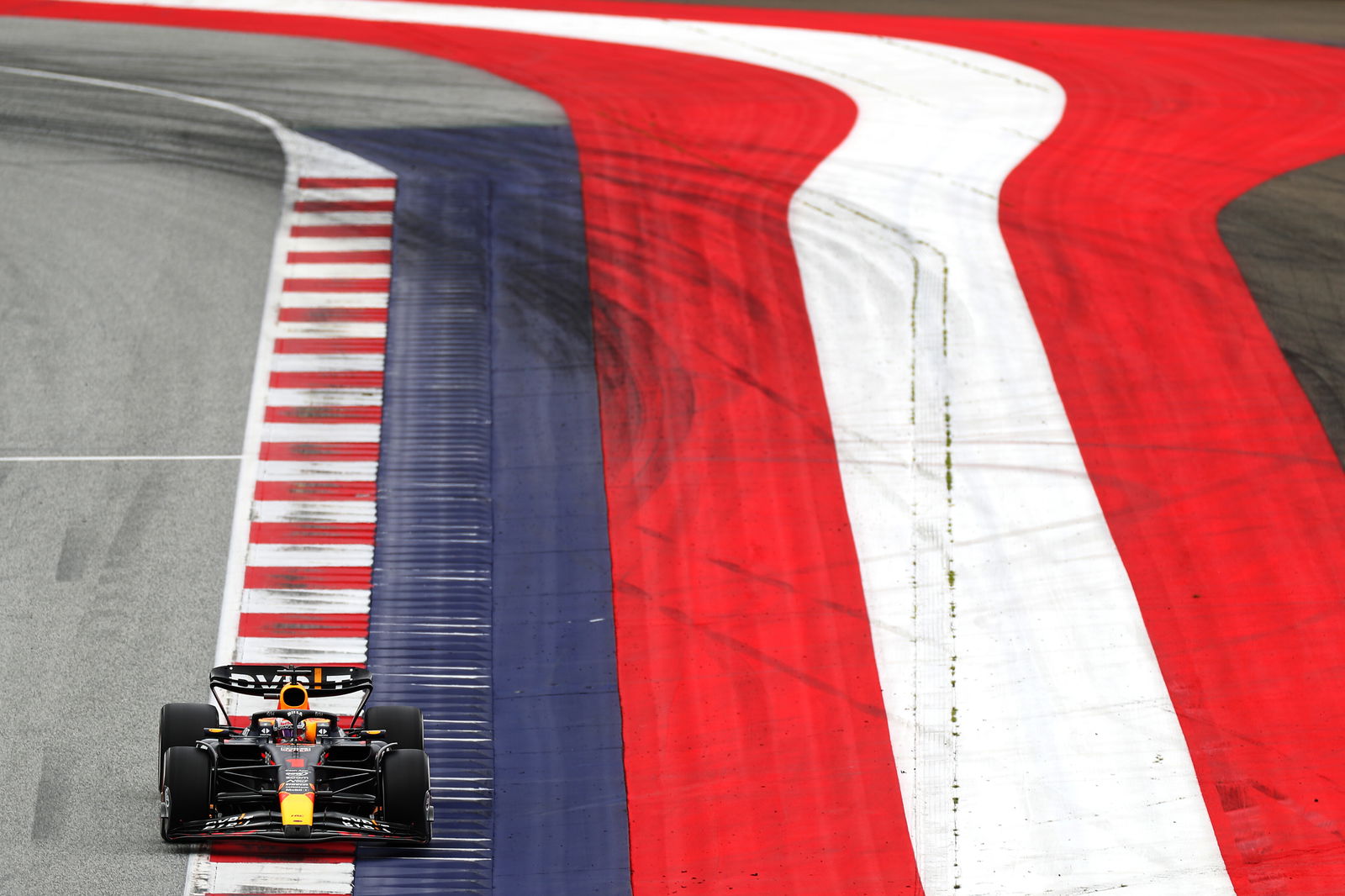
The extra penalties were doled out to Carlos Sazin, Lewis Hamilton, Pierre Gasly, Alex Albon, Logan Sargeant, Esteban Ocon, Nyck De Vries and Yuki Tsunoda, and that dramatically mixed up the final results. In the top 10, only the podium of Verstappen, Leclerc and Perez didn’t change, while further down the field, only Albon and Sargeant kept the positions they’d held at the race end. The big winner from the changes was Zhou Guanyu who gained two places, while Carlos Sainz dropped two spots from fourth to sixth, De Vries dropped from 15th to 17th and Ocon plunged from 11th to 14th.
How does F1 fix its track limits problem?
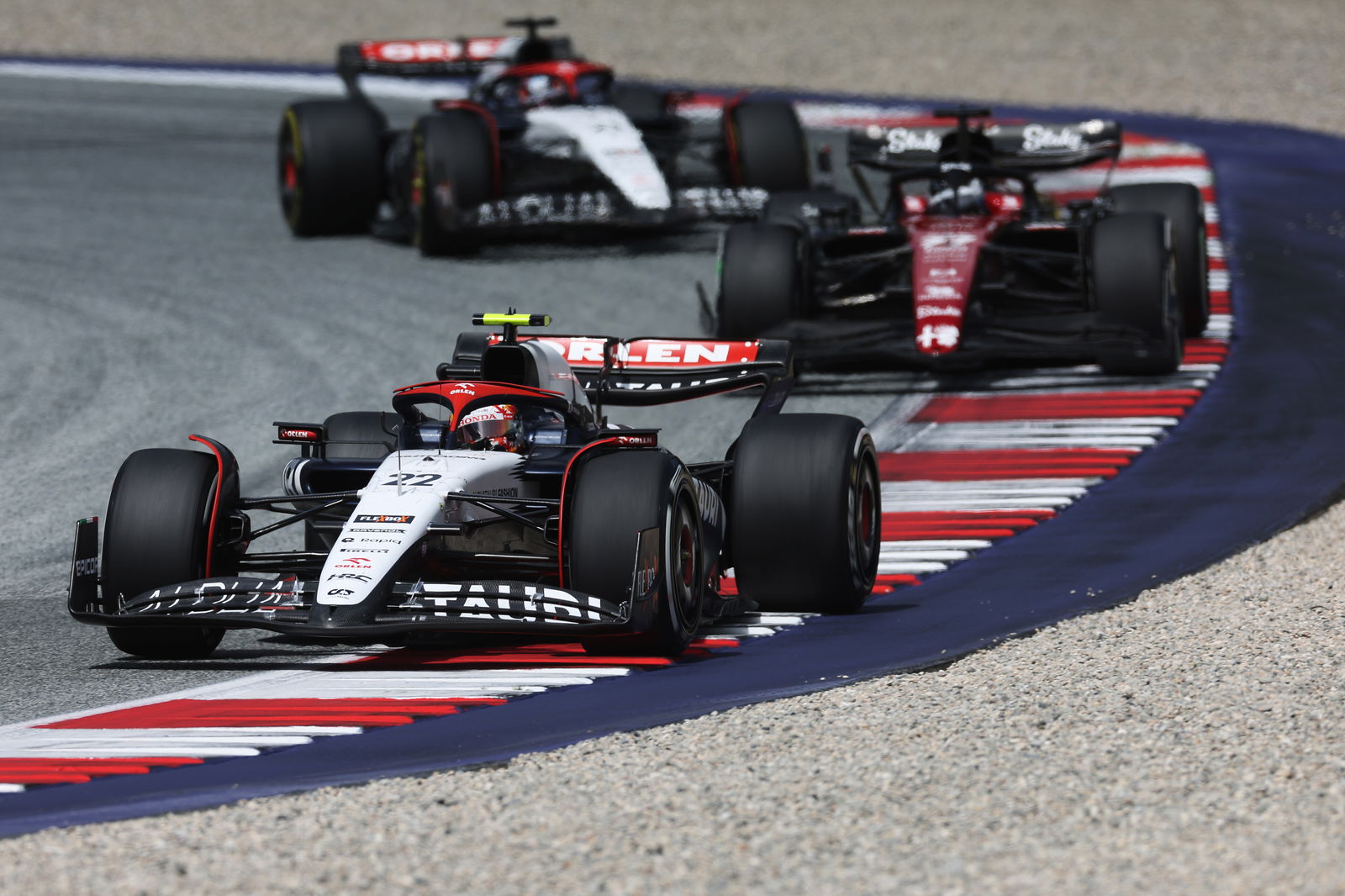
So what’s the remedy to this debacle? After all, it makes F1 look pretty silly, but ultimately the rules are the rules and the drivers need to stick to them. After the number of penalties handed out in Austria, perhaps fewer liberties will be taken in the future, but that’s never a given.
One of the major issues is the time it takes to detect and punish violations; during qualifying sessions, infringements could be picked up pretty quickly, but not so much in the race. Some kind of automated system using sensors would go a long way to address the issue; almost like a mix of goal-line technology and VAR in football.
Alternatively – or perhaps in addition – the idea of ‘natural’ track limits could make an impact, where the very design of the track punishes those that go wide, either through gravel or a lack of grip that means drivers won’t be tempted to push that extra bit.
A solution is surely out there. F1 folk are (usually) very clever people; surely if they get their heads together they can work out a fix for such a black-and-white problem. (Flag pun intended.)













Comments